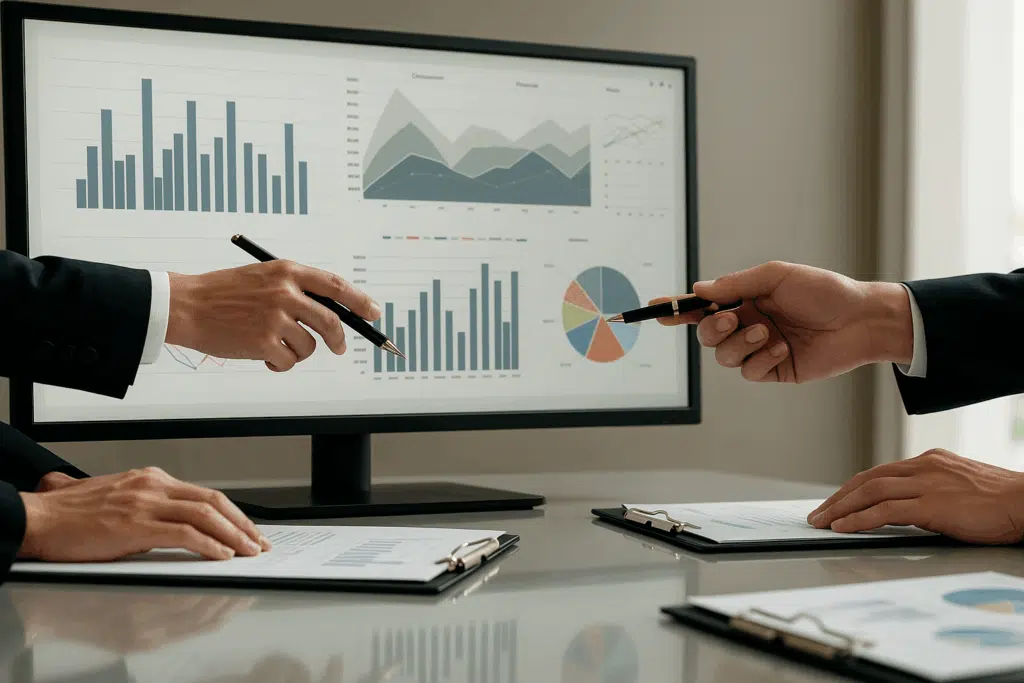Mastering Fixed Asset Depreciation for Financial Accuracy
Learn how fixed asset depreciation impacts financial accuracy, tax planning, and reporting. Master key methods and avoid costly compliance mistakes.
Mastering Fixed Asset Depreciation for Financial Accuracy Read More »









